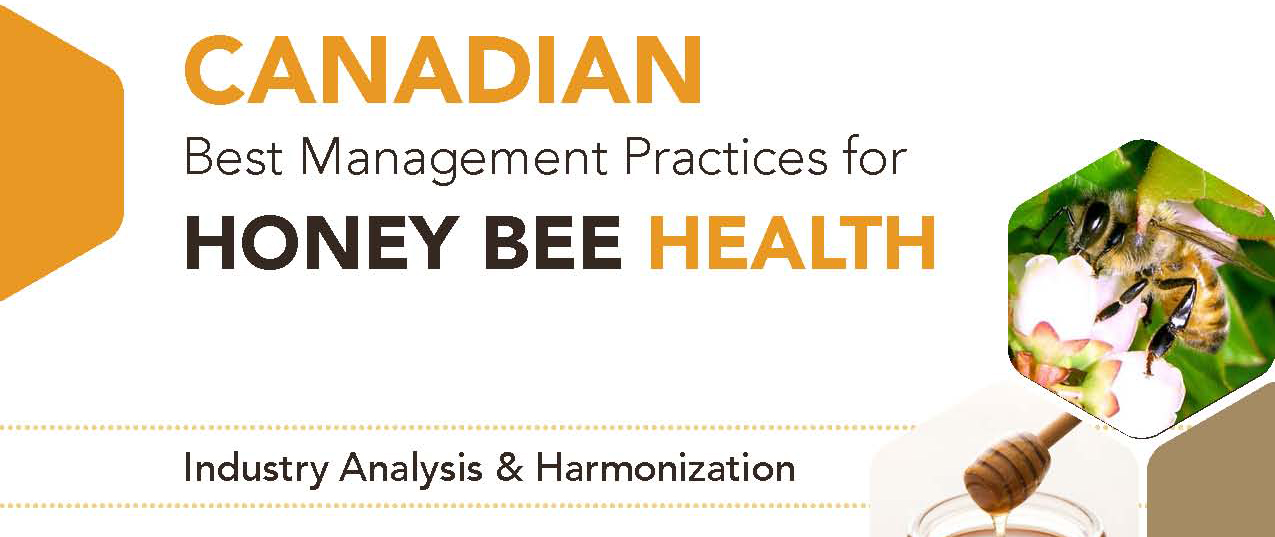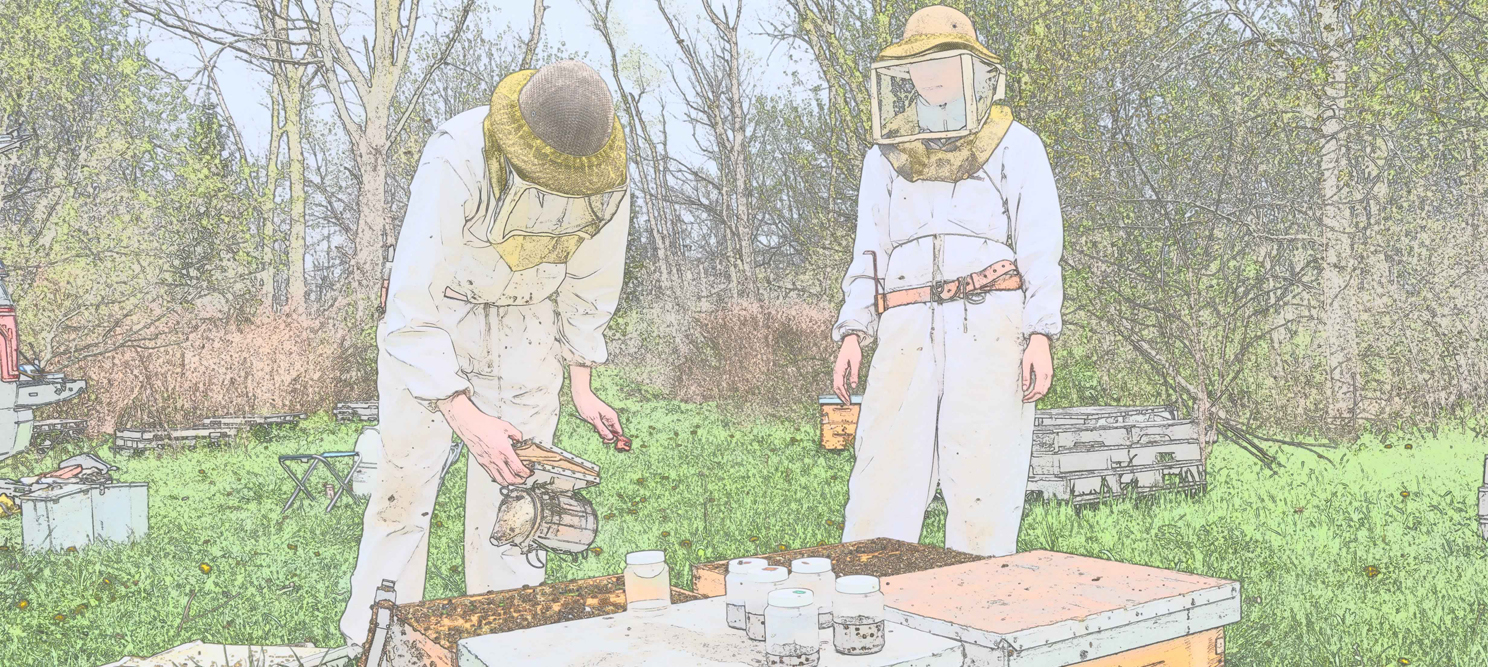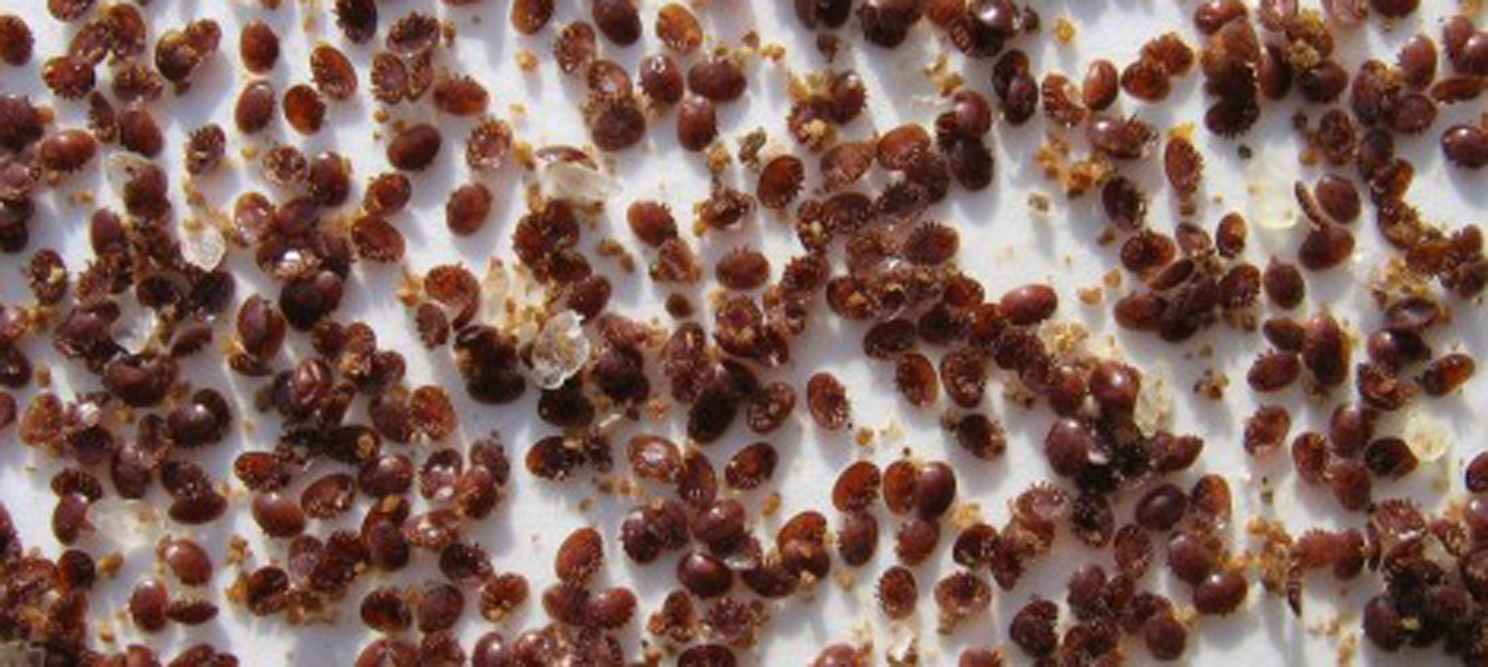
Best Management Practices (BMPs) for the honey bee industry are developed by different levels and divisions of government, various organizations, institutions and stakeholders. Content ranging…

Nosema disease in honey bees is caused by two different species of Nosema apis and Nosema ceranae. This page contains links to information on the biology,…

Are you interested in implementing an integrated pest management program for varroa mites? The attached guide provides thresholds developed from research at the University of…

American foulbrood (AFB) is caused by the spore-forming bacteria Paenibacillus larvae. Diseased larvae contaminate comb with spores which remain a significant source of reinfection for years to follow. The following are some…